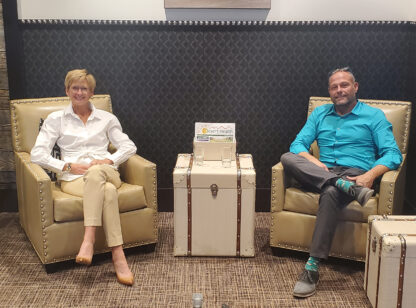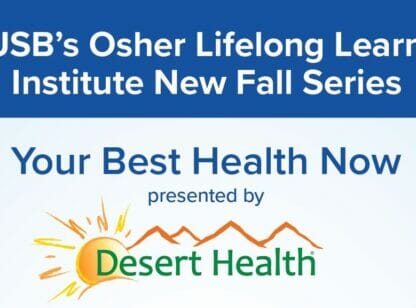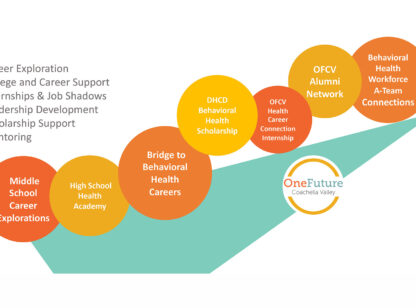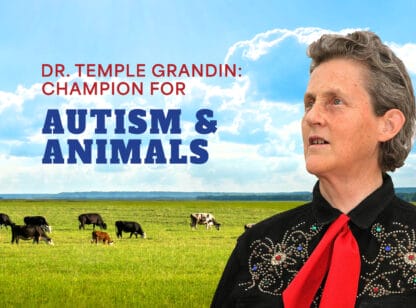Researchers have been saying it for years: engaging outdoor activity improves both mental and physical health. You probably recognize some widely recorded benefits of being in the great outdoors. Have you ever felt better – less stressed or overwhelmed – after taking a quiet walk? Have you ever stepped outside and appreciated the feeling of sunshine on your face?
Outdoor activity has been proven to provide unexpected benefits, like improved concentration and increased productivity. A 2009 University of Rochester study revealed that nature could even make us nicer people. Researchers there found that being outside stimulates group-positive emotions, like generosity, over individualistic ones, like ambition.
In 2003, Dr. Howard Frumkin of the Rollins School of Public Health in Atlanta analyzed nearly one hundred studies related to community health and the environment. Published by the American Journal of Public Health, his findings included the simple, but significant, fact that mere contact with the outdoors improves health.
Wilderness areas, like the nation’s national parks, are important places where people can go to receive the health benefits of being outdoors. In an authoritative 2006 report entitled The Health Benefits of Parks, the Trust for Public Land stated that parks play a big role in public health. Populations that spend time in parks exhibit faster rates of healing, reduction in disease symptoms, and improved cognitive and behavioral development.
Unsurprisingly, on July 8, 2014, the National Park Service announced its support for an innovative new program known as Park Rx. Participating physicians in this Washington D.C.-based program are prescribing outdoor time in national parks to patients. They seek to prevent disease and improve health outcomes by increasing patients’ contact with nature.
Coachella Valley residents have access to over a million acres of healing wilderness. Joshua Tree National Park, Santa Rosa and San Jacinto Mountains National Monument, and six Wildlands Conservancy preserves have easy access entrances off major throughways in the valley. The area’s smaller preserves all have impressive mainstays. The Painted Canyon lies in the Mecca Hills Wilderness. The Coachella Valley Preserve is home to thriving oases, and at the Big Morongo Canyon Preserve, visitors can take a boardwalk trail through a birding hotspot.
The stimulating outdoor experiences recommended by researchers and health care professionals are not limited to common outdoor activities, like hiking, walking, and biking. Just take your favorite pursuit outside: read, journal, or chat with friends in the splendor of the great outdoors. You can find expert advice on where to go to enjoy your favorite activity at any community visitor center.
This fall, listen to the doctors and the researchers, and get in touch with nature. An excellent way to have fun in the wilderness is to sign up for a hosted event, like an educational program or a guided hike (no experience required). Check park websites for updated event listings.
See what a few trips to the desert’s magical wilderness can do for your wellbeing!
Sara Everett was a Mission Continues Fellow at the Joshua Tree National Park Association and is currently a volunteer at the Desert Institute and National Park Service. The Desert Institute can be reached at desertinstitute@joshuatree.org or (760) 367.5535. For a full schedule of classes and events visit www.joshuatree.org.
References: 1) Frumkin, Howard. “Healthy Places Exploring The Evidence.” American Journal of Public Health 93, iss 9 (2014): 1451-1456. 2) Weinstein, Netta, Andrew K Przybylski, and Richard M Ryan. “Can Nature Make Us More Caring? Effects of Immersion in Nature on Intrinsic Aspirations and Generosity.” Personality and Social Psychology Bulletin 35, iss 10 (2009): 1315-1329. 3) The Trust for Public Land. The Health Benefits of Parks, 2006. 4) National Park Service. Doctor Tells Patients to Take a Hike – Congressman Sarbanes, Director Jarvis Visit Innovative Park Rx Health Clinic, 2014.
















































Comments (0)